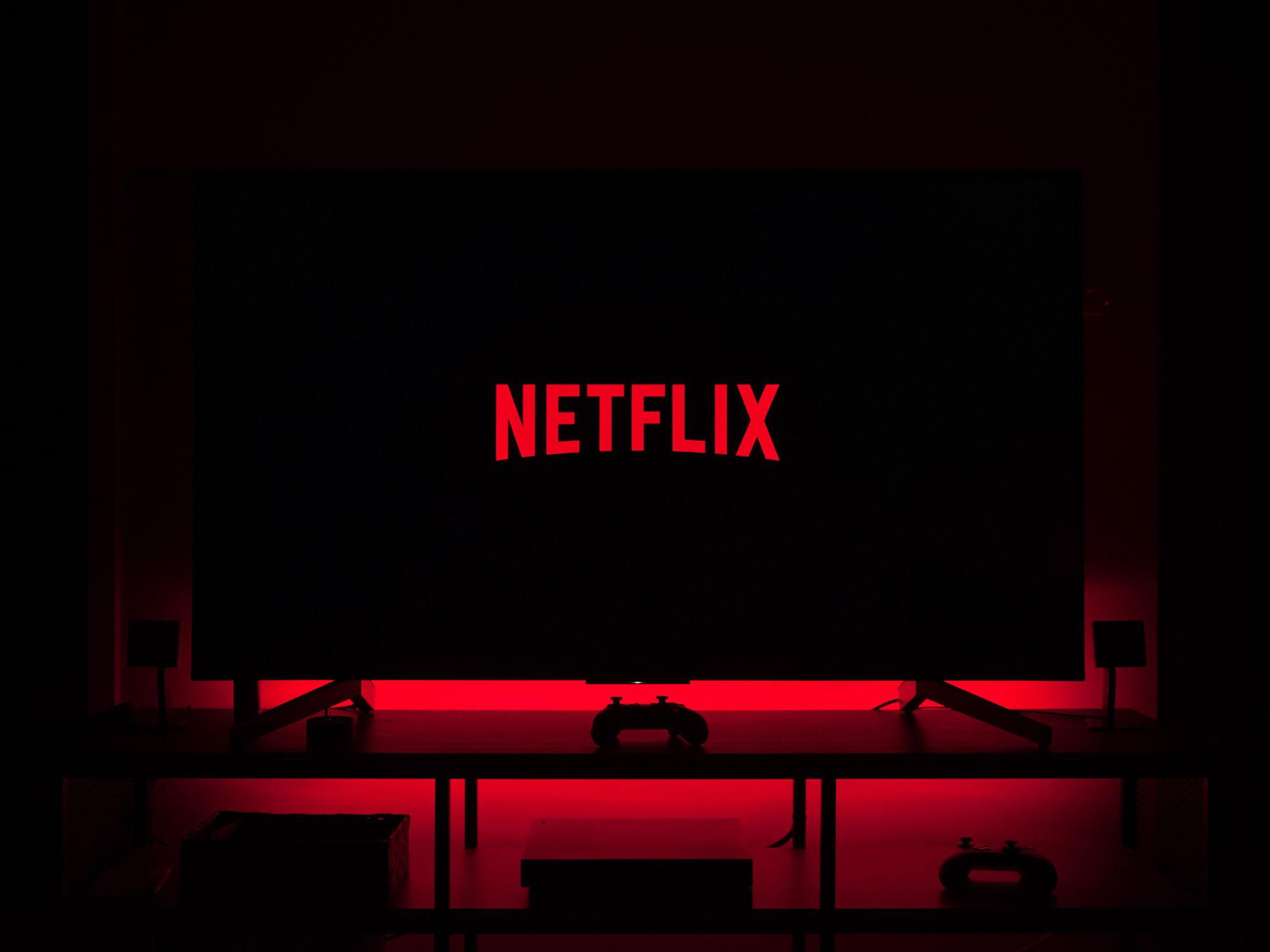Return of the Stream: Netflix Earnings Call Surprises With Exec Shakeups, Subscriber Numbers
Samson Amore is a reporter for dot.LA. He holds a degree in journalism from Emerson College. Send tips or pitches to samsonamore@dot.la and find him on Twitter @Samsonamore.

Netflix’s earnings report contained a few surprises this fourth quarter, including the news that its founder and leader for 25 years Reed Hastings would step down.
The company also managed to subvert analysts’ expectations by adding a hefty chunk of subscribers in its fourth quarter – causing the stock to tick up over 7% in after-hours trading. Netflix called 2022 a “tough year, with a bumpy start but a brighter finish,” and claimed that it had a “clear path to reaccelerate our revenue growth” as well as “building even greater profitability over time.”
Part of that profitability will come as the streaming service opens itself up to more users with more flexible pricing plans. Earlier this year Netflix announced it would offer a new subscription model that was cheaper, but supplemented by ads. The company launched that offering in November. People were skeptical at first about this new tier (after all, for most of its existence Netflix prided itself on not having ads), but it seems to be paying off, since Netflix gained a sizable chunk of subscribers this month – thanks to big hits like the Addams Family reboot “Wednesday,” “Stranger Things 4,” and Rian Johnson’s film “Glass Onion.”
The third quarter balance sheet was strong. Netflix posted revenue of $7.9 million for the fourth quarter, up 2% from this time last year. Annually, Netflix posted revenue of $32 billion, with about $4.5 billion left over in net income after expenses, compared to about $5 billion last year.
That said, Netflix holders have seen a slight dip in performance in the last year, with cumulative returns down 51%. Still, within the last five years the stock’s return is up 54%, and according to Bloomberg’s Dec. 31 figures, Netflix’s stock has generated a return of 2,129% in the last decade.
Here are a few big takeaways from today’s earnings, and what we have our eye on for Netflix’s upcoming fiscal year.
Hastings says goodbye
Reed Hastings, who co-founded Netflix in 1997, announced today he’d step down from his role as co-CEO. Netflix has operated with this co-CEO model for a while now; previously Hastings held the job alongside co-CEO Ted Sarandos. But now Hastings will cede his position to Greg Peters, the company’s former chief operating officer.
Hastings will still remain involved with the company as chairman of the board. He noted in a blog post Thursday that the reshuffle is basically a formalization of what’s already been happening inside the company’s C-suite, and said that he’s “increasingly delegated the management of Netflix” to Peters and Sarandos over the last two and a half years anyway.
Subscribers are up, surprisingly
The streaming service added roughly 7.7 million subscribers in the fourth quarter of 2022. This exceeded the company’s expectations, Netflix previously said it assumed it’d add only about 4.5 million new subscribers this quarter. To date, Netflix has 231 million paid subscribers globally, and its previous target was 227.6 million.
All eyes were on Netflix’s new ad-supported tier, which debuted for $6.99/month in November as part of a venture with Microsoft. While Netflix didn’t specify exactly how many of these new subscribers were paying for that specific plan, it’s pretty clear, based on the number of new subscribers, that the venture is paying off. Especially as streaming services across the board are getting more expensive.
Peters said during an earnings interview Thursday that engagement with the ad-supported plans is roughly on par with its more expensive counterpart. Netflix’s chief financial officer Spencer Neumann said he estimates about half of competitor Hulu’s subscriber base is on a similar ad tier, and said he expects Netflix’s ad business to be just as large as Hulu’s “within several years.”
Netflix also said customer and advertiser engagement with the ad-supported plan is better than expected, though it did say it aims to improve how it targets and measures those customers.
Overall, Netflix said the reaction from subscribers to the cheaper plan confirmed that it is not only a worthy offering but also has a shot at generating the same revenue, if not more, than its ad-free tier. Keep an eye on how Netflix reports growth this year, and if it will indeed offer more options for ad-based plans.
Unusually, Netflix declined to share specifics about its other developing business: gaming. In just over a year, the company pushed out 50 games, and said it plans to offer more games based on hit Netflix shows in the coming year.
Password sharing is still a bother
Finally, Netflix knows you’re still using your grandma’s password to watch “Wednesday,” and it’s getting fed up.
We’ve discussed the streamer’s ambitions to crack down on password sharing, and that came up during today’s earnings report. Netflix said it estimates 100 million households, if not more, share accounts, which it claims “undermines” its ability to make the service better.
To combat this, Netflix announced it will soon roll out paid sharing, a plan that would allow users to give permission to family and friends to join their plan even if they’re not part of the same household. It’s unclear how much this plan might cost, but Netflix said it will soon let users review which devices are using the app and transfer profiles to different accounts. It’ll also soon give users the option to pay extra to share the service with people they don’t live with – though that’s definitely happening already, and it’s unclear exactly how the company will prevent people from mooching.
Netflix also noted this move might tick off some account borrowers who might stop watching because they don’t want to pay for an account, and warned “near-term engagement” could suffer. But it claimed that its “great slate of programming” will continue to reel in more people than it loses. We shall see about that.
- Netflix’s Password Sharing Crackdown Causes Confusion: Report ›
- Here’s Everything You Need To Know About Netflix’s New Ad Tier ›
- Netflix Buys Its Third Gaming Studio in Six Months ›
- Netflix’s Ad-Supported Plan Could Launch By Year’s End ›
- Is the Globalization of Content a Good Thing? - dot.LA ›
- How Netflix is Restructuring Through 'Quality Over Quantity' - dot.LA ›
Samson Amore is a reporter for dot.LA. He holds a degree in journalism from Emerson College. Send tips or pitches to samsonamore@dot.la and find him on Twitter @Samsonamore.





 e.l.f. Beauty Chairman and CEO Tarang Amin and Rhode Founder Hailey BieberImage Source: e.l.f. Beauty
e.l.f. Beauty Chairman and CEO Tarang Amin and Rhode Founder Hailey BieberImage Source: e.l.f. Beauty